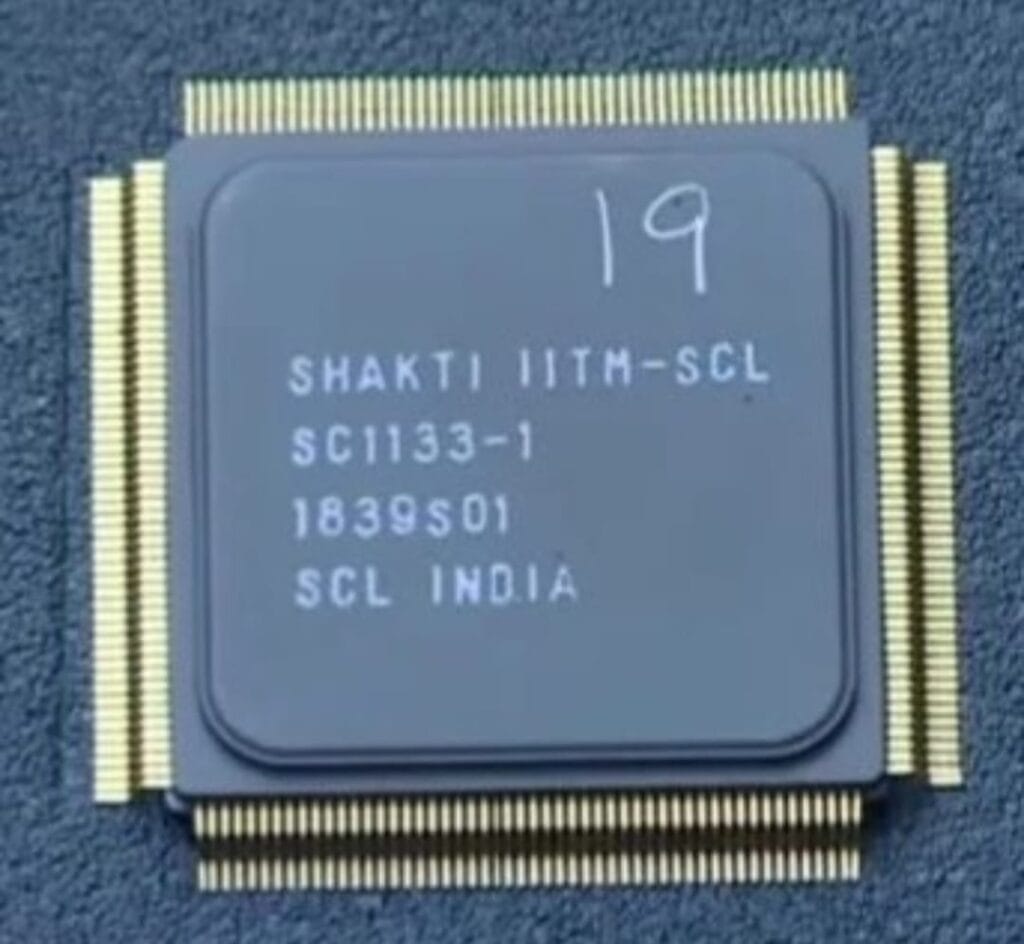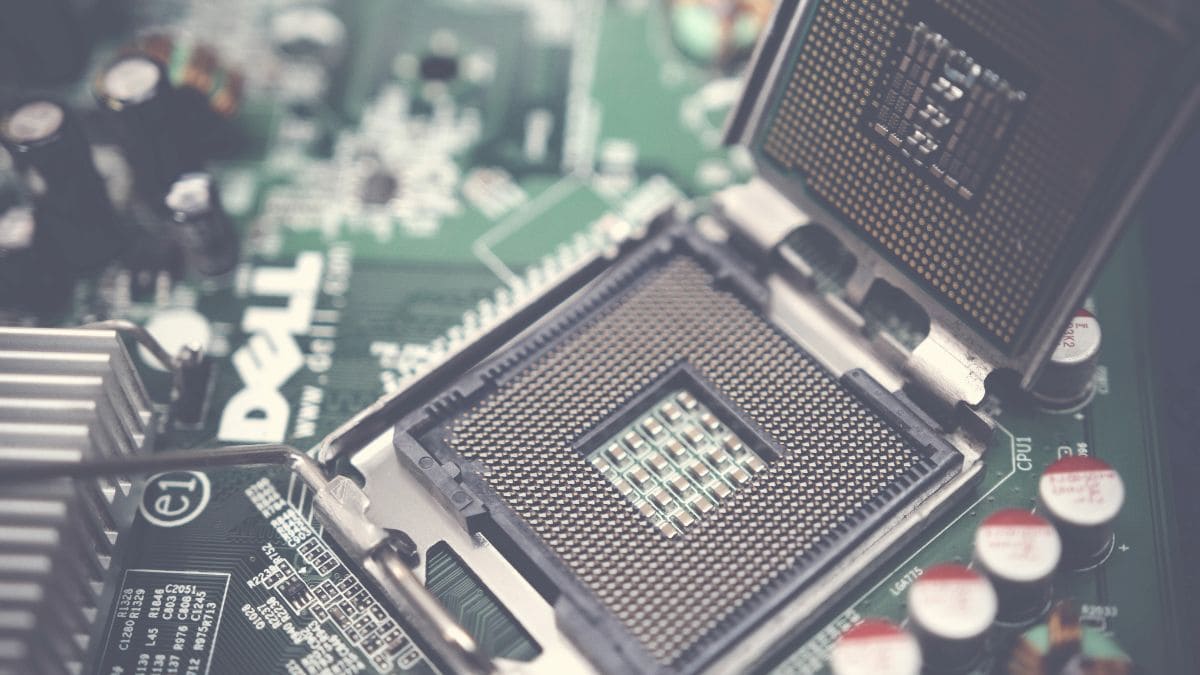ISRO & IIT Madras Unveil Indigenous Space Microprocessor IRIS-LV for space applications and boost self-reliance, enhancing mission security and reduce foreign dependency on export chips. This microprocessor based on SHAKTI-based semiconductor.
The SHAKTI class chips led by Director of IITM Prof. V. Kamakoti at IIT-Madras and backed by ministry of ministry of Electronic and Information Technology, Government of India and based on RISC-V, an open source Instruction Set Architecture (ISA), enabling the design for custom processors.
The ISRO Inertial Systems Unit (IISU) in Thiruvananthapuram proposed the idea of a 64-bit RISC-v based controller based on SHAKTI class chips and collaborated with IIT Madras in defining the specifications and designing the semiconductor chip for the Indigenous Space Microprocessor by fulfilling the common functional and computing requirements of existing sensors and systems used in ISRO missions, fault-tolerant internal memories were interfaced with the SHAKTI core, enhancing the reliability of the design.
This microprocessor is compatible with ISRO’s space systems like CORDIC, WATCHDOG Timers and could be expand to future missions like Chandrayaan-4 Mission, Mangalyaan 2 Mission. This microprocessor is a high-reliability, high-performance product.
This IRIS-LV microprocessor is a significant milestone under the “Make in India” initiative. It is the result of collaboration among multiple agencies: the ISRO Inertial Systems Unit (IISU) conceptualized the chip, IIT Madras designed and developed it, Semiconductor Laboratory (SCL), Chandigarh handled manufacturing, Tata Advanced Systems Ltd. managed packaging, PCB Power manufactured the motherboard PCB, and IIT Madras developed and booted the software.

Samudrayaan: India’s First Manned Deep-Sea Mission
Indigenous Space Microprocessor’s IRIS-LV Applications
The IRIS-LV microprocessor developed by ISRO & IIT Madras is expected to be used in various space applications, such as:
1. Satellites
- Controls satellite operations, including communication, data processing, and power management.
- Enhances autonomous decision-making in space without relying on ground control.
- Supports navigation, imaging, and scientific experiments in satellites.
2. Launch Vehicles (Rockets)
- Aids in precise navigation, trajectory correction, and guidance systems.
- Manages onboard avionics, ensuring smooth rocket stage separation and payload deployment.
- Helps in real-time data processing during launches for better efficiency and reliability.
3. Space Robotics & Rovers
- Supports autonomous robotic systems for planetary exploration (like Chandrayaan 4 or future Mars missions).
- Enhances AI-driven decision-making for space robots operating in extreme conditions.
- Helps in robotic arm control for assembling structures in space.
4. Human Spaceflight (Gaganyaan & Beyond)
- Ensures safe and reliable onboard computing for crewed missions.
- Monitors life support systems and spacecraft health in real time.
- Assists in automation and emergency handling in space environments.
5. Deep Space Missions & Scientific Payloads
- Used in scientific instruments for interplanetary probes and deep-space observatories.
- Enhances data collection, processing, and transmission efficiency in space research.
- Enables AI-driven analysis in deep-space exploration missions.
ISRO Chairman Dr. V. Narayanan stated, “We are delighted that IRIS-LV will fulfill the end-to-end demand for space applications using indigenous resources. A flight test is planned to evaluate its performance in a real-world space environment.
China Uses Artificial Photosynthesis to Produce Oxygen and Rocket Fuel in Space Station


